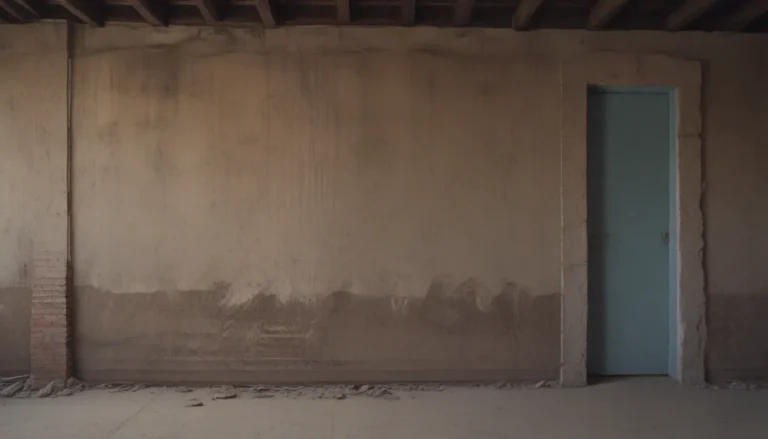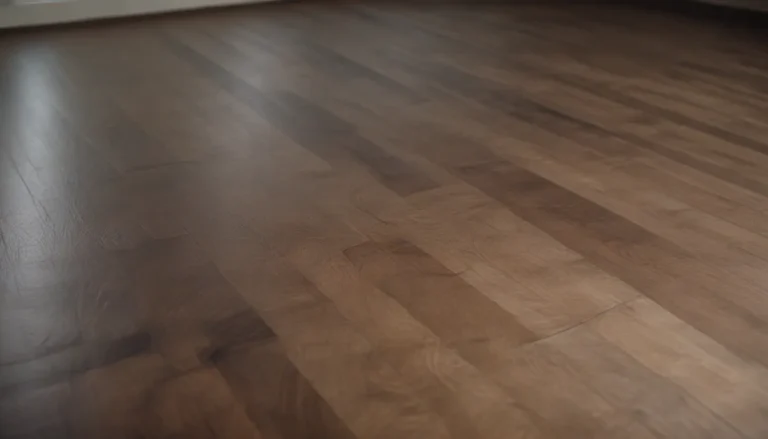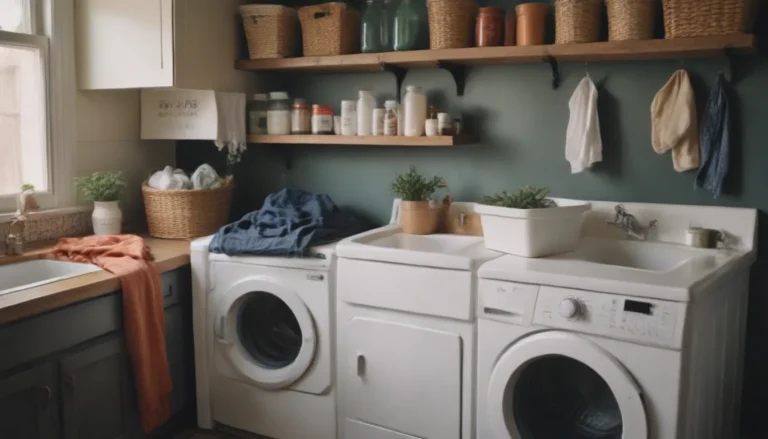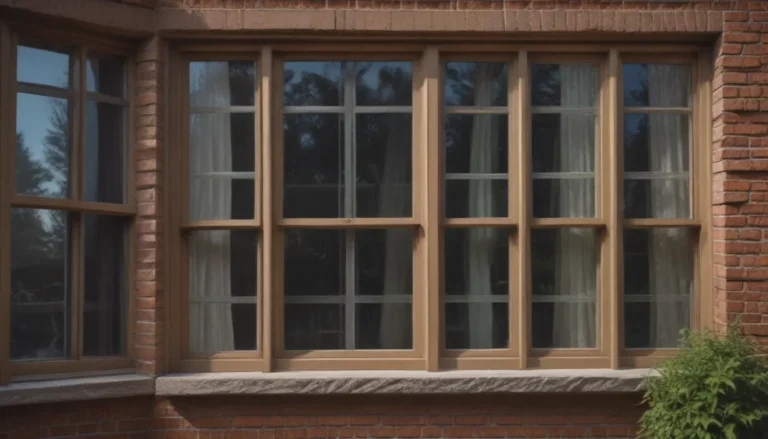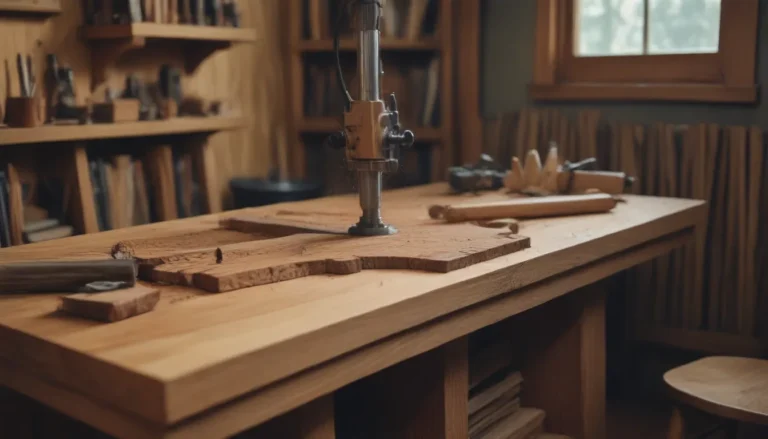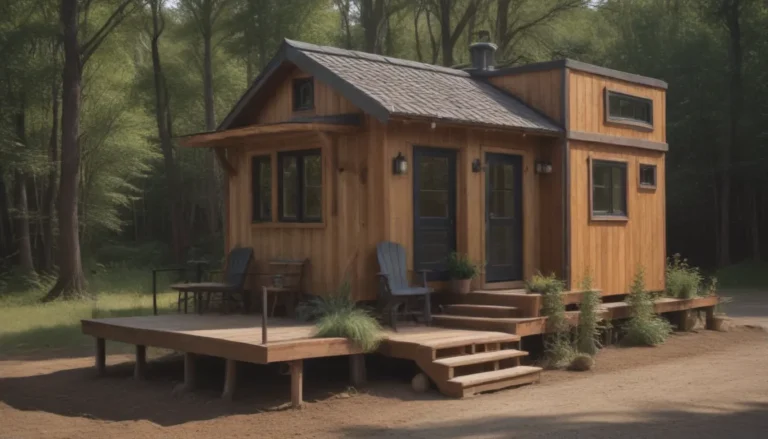5 Common Reasons Your Toilet Keeps Clogging: How to Identify and Solve the Issue
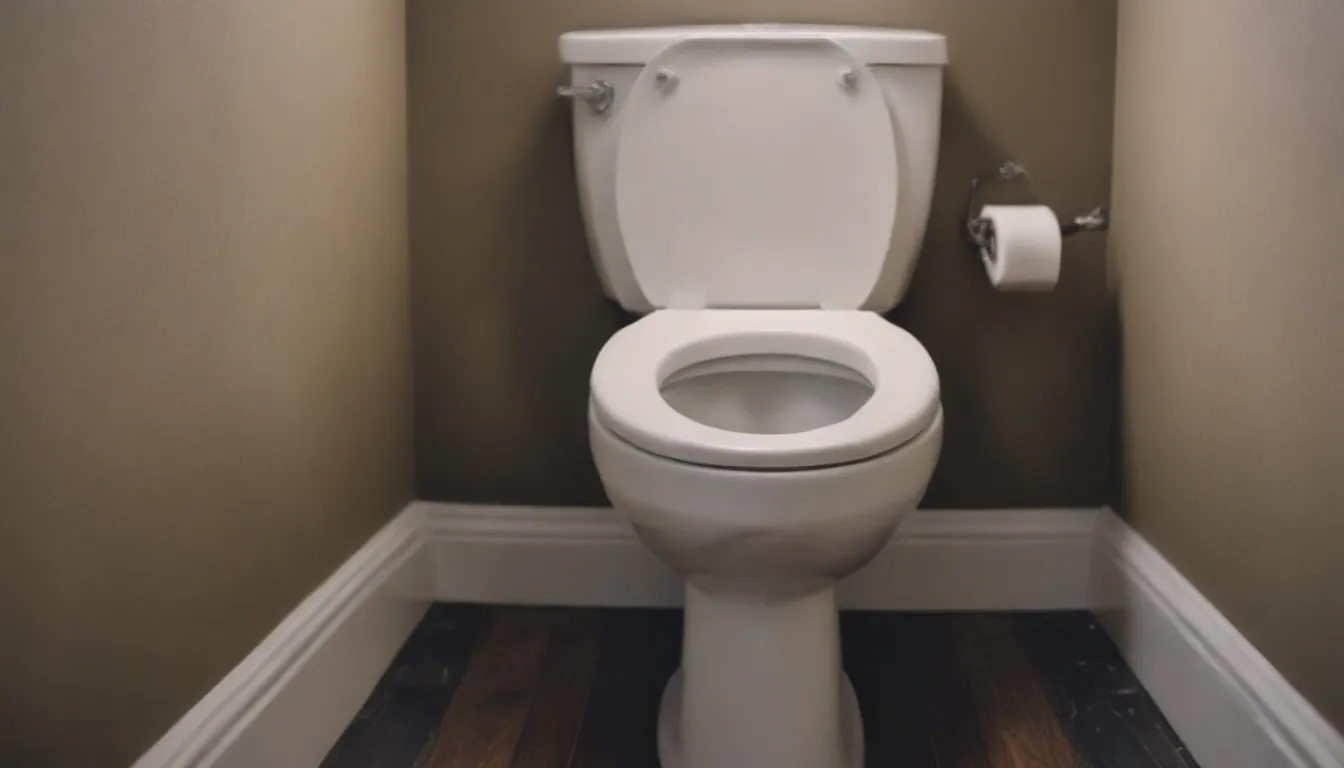
In modern households, a functioning toilet is a vital part of everyday life. When faced with a clogged toilet, it’s essential to understand the root cause of the problem and address it promptly. While it’s easy to blame a clog on excessive toilet paper use, there are several other factors that can contribute to repeated clogging issues. Let’s explore the common reasons why your toilet keeps clogging and how to fix them:
1. Flushing Non-Flushable Items
One of the most common reasons for toilet clogs is flushing non-flushable items down the drain. While it may seem convenient to dispose of wipes, paper towels, feminine hygiene products, or other items in the toilet, these can cause significant blockages in your plumbing system. Even products labeled as “flushable wipes” can lead to clogs and further plumbing complications.
How to Fix It:
– Encourage family members to only flush biodegradable materials.
– Provide wastebaskets in bathrooms for disposing of non-flushable items.
If the clog persists, consider seeking professional help from a plumber to clear the blockage effectively.
2. Partially-Blocked Toilet Trap
The curved channel inside the porcelain base of the toilet, known as the toilet trap, is designed to prevent sewer gases from entering your home. A blockage in this section, often caused by debris forced through the toilet bowl, is a common cause of toilet clogs. Partially-blocked traps can lead to slow drainage and overflow issues if left unaddressed.
How to Fix It:
– Use a toilet plunger to clear the blockage.
– Consider using a toilet auger if the plunger is ineffective.
– Contact a plumber if the clog persists or worsens.
3. Obstructed Plumbing Vents
Many homeowners are unaware of the importance of plumbing vents in maintaining proper pressure within the drainage system. Blocked vent pipes can lead to slow drainage and sewer gas release. Leaves, debris, or other obstructions can impact the vent’s effectiveness, causing toilet clogs and related issues.
How to Fix It:
– Check for suction from the vent pipe when flushing the toilet.
– Clear blockages using a plumber’s snake or by manual cleaning.
– If unsure, seek professional assistance to clear the vent pipe safely.
4. Punctured, Damaged, or Restricted Main Sewer Lines
Damage to the main sewer line, whether from tree roots, debris, or other factors, can result in slow or blocked drainage from multiple fixtures in your home. Repairing punctures or collapses in the main sewer line requires specialized tools and expertise.
How to Fix It:
– Use a motorized auger to clear tree root infiltration.
– Contact a professional plumber or sewer contractor for extensive repairs.
– Be prepared for potential excavation and high costs associated with main sewer line repair.
5. Ineffective Low-Flow Toilet
While low-flow toilets are designed to conserve water, they can be more prone to clogging issues due to reduced water usage during each flush. Older models may be less efficient at clearing waste, leading to repeated clogs and frustration for homeowners.
How to Fix It:
– Upgrade to a newer low-flow toilet with improved flushing capabilities.
– Encourage flushing smaller amounts of toilet paper and waste at a time.
– Consider models with pressurized air technology for better flushing performance.
By addressing these common reasons for toilet clogs, you can prevent future issues and maintain a smoothly functioning plumbing system in your home. Remember to practice good flushing habits and seek professional help when needed to keep your toilet running smoothly.
